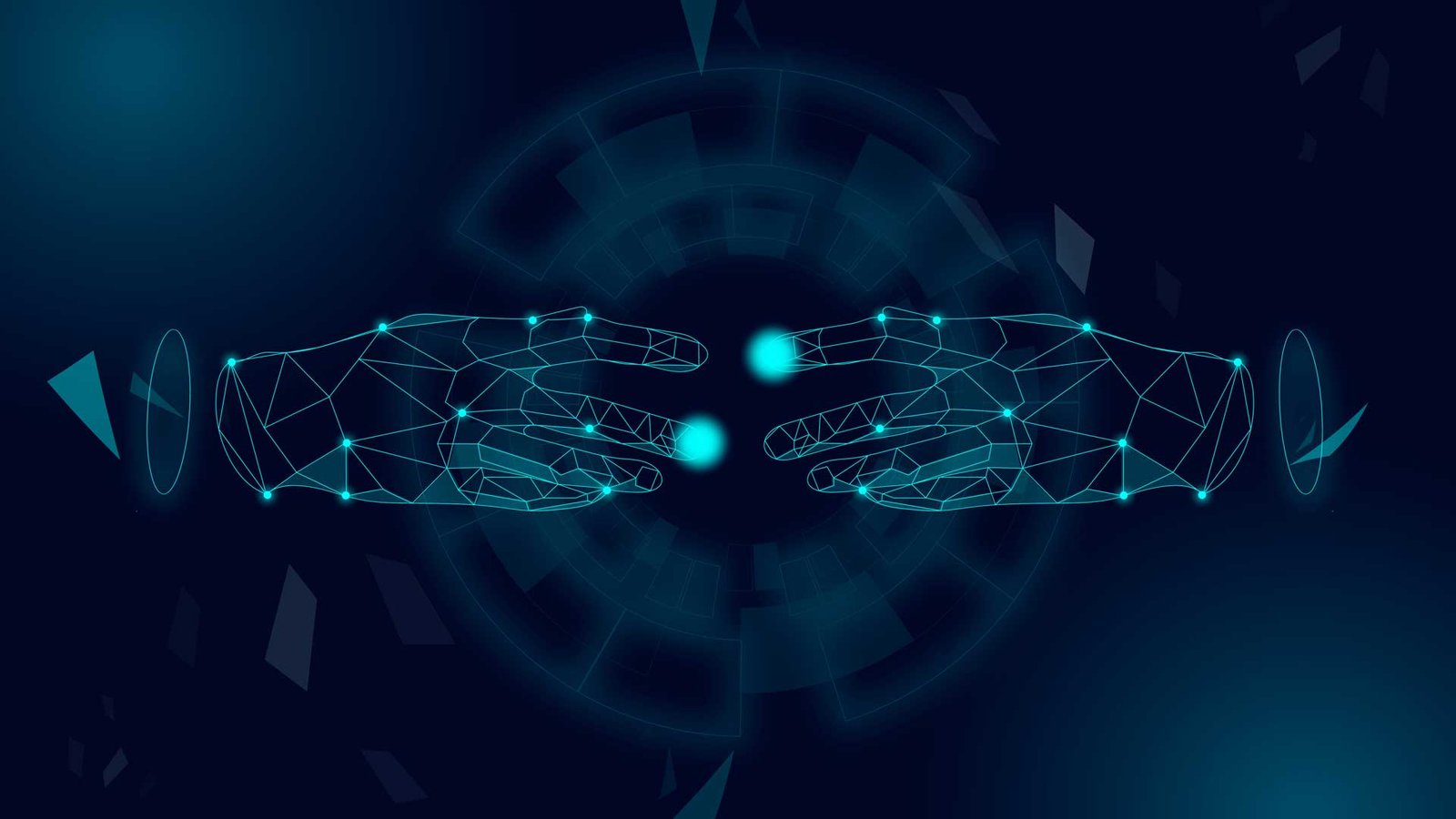From purchasing grocery to travel. Learn about the dynamics and interactive experiences about the touch less travel & AI-based Gesture Control
The world is still trying to get over with the effects of a global pandemic and questions about what a return to normal might look like. Everyone is waiting for the time where it is safe as earlier, to go to stores, museums and other locations.The answer to your question is Gesture Control.
Touchscreens are on the way out. For all of the traction they had gained through the last few years, all signs indicate that public trust in high-traffic touch points would be low for the conceivable future. But yes, the need for dynamic, interactive experiences to keep consumers interested isn’t decreasing.
“Keeping the touch out of touchpoint is a challenge facing all brands.”To create a program that would run without needing a person to touch a screen is one thing, but how about creating one which won’t require touching anything at all? With a little investment, gesture control is a readily available option.
It is more than just a hand waving!
As we are aware, how a camera can recognize common gestures like a thumbs up or down, the peace sign and can even translate those inputs into actual commands like scroll up/down, forward/backward. This comes with a basic camera setup and a little bit of code in the backend to set up the settings. This is one of the basic ones, which can be implemented by most of the companies.
The implications of this technology could lead to interfaces that effortlessly translate sign language, helps the hearing impaired individuals the ability to communicate with the fellow associates, without the need for an interpreter.
For example, Jaguar Land Rover (JLR) has already pictured the not-too-distant future, where the cars will have touchless monitors to “reduce the spread of virus/bacteria.” JLR joined hands with Cambridge University and came up with the “touchless touchscreens”, or you can call it AI-Powered gesture-reading systems during the critical time of the pandemic. They have named it “Predictive Touch” – which respond by guessing where the driver intends to tap a screen without their fingers making contact with the surface. One more plus point to the technology is – it is more useful when you are on a bumpy street and it’s hard to tap the correct area on a touchscreen. And as per the test results, the new “touchless touchscreens” seem to be reducing a driver’s touchscreen interaction time by up to 50%.
It’s time to go touchless with mobile apps
Users have used their smartphones for more than a decade to pay credit/debit card bills, going cashless as grocery and retail stores, checking into flights, continuous flight updates and many more. But the COVID-19 experience will add more advantage to the same.
“Travel touchless with mobile apps”
Mobile apps will interface with kiosks and gates to reduce the touch. Mobile alerts would minimize the crowding by pinging individual customers to board.It will probably decrease the crowd roaming around the gates or in line on the jet bridge – which turns out to be a danger zone without much air circulation. It might put people at risk of close and unventilated contacts with others – which is a primary mode of COVID-19 transmission.
“Whatever you can do to reduce the amount of people that are stuck there is a good idea.” – Paloma Beamer, a professor of public health at the University of Arizona.
For example, Miami International Airport has installeda motion-analytic software which is called Safe Distance – it helps passengers to practice social distancing and to gather data about how people gather and move through the lines. They track movements using cameras and computers to crunch numbers. This is just an experiment whether these people will adapt to the new social distancing technology or the airport authorities will require the signage or more strict procedures to space out people more.
Plus how to go about buying food and beverages at the airport without disrupting social distancing protocols? The answer is, to your nearby kiosk, the traveller can gesture control a screen featuring the menus of each nearby restaurant – up and down swipe will scroll through a menu while right and left swipesto move through the different restaurants available. You can add the item to your cart by showing thumb up gesture, then you can do the payment by scanning through the available QR code. Once your food is ready, the user will be notified to collect it from the nearby contactless pickup window.
Conclusion
We all have adopted the new normal, by spacing out from the people. But what about the non-living things, they are not going to space out. But we can, right? By using the above-mentioned touchless touchscreens or touchless technology we can avoid touching the non-livings to reduce the spread of the virus. And seems like the future is already here where sooner or later everything would have become touchless, it just came in a little earlier due to COVID-19. Our society is reinventing more safely and smarty to live life.

